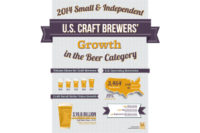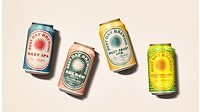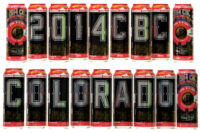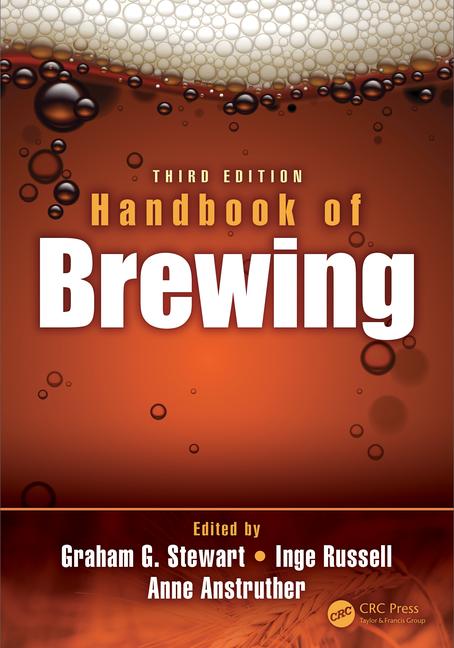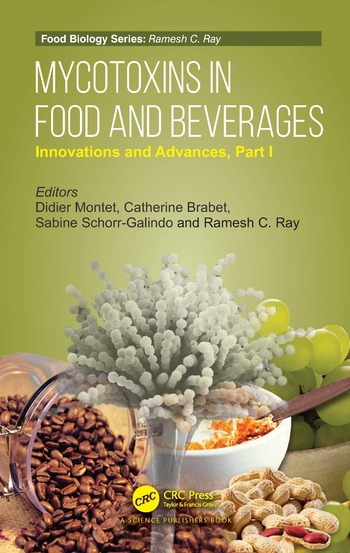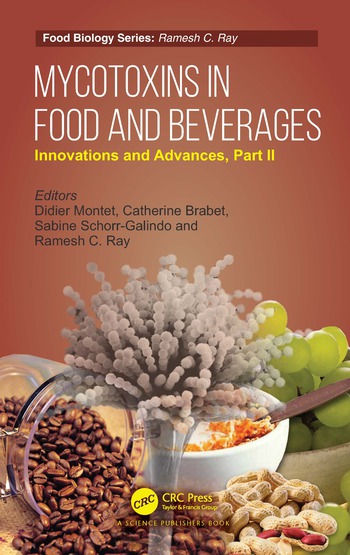Craft brewers experiment with coffee flavors
Left Hand Brewing Co. crafts coffee flavor into a lighter beer style
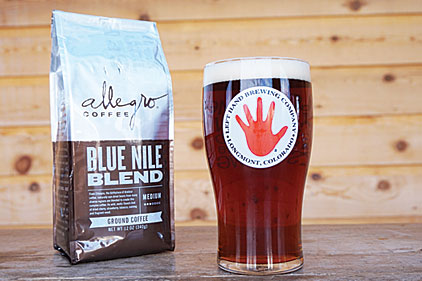
Since the time coffee was introduced to North America during the Colonial period, it has continued to climb in popularity, according to the National Coffee Association. Last year, the New York-based association found that 61 percent of Americans drink coffee every day. This popularity has extended from coffee beans and ground coffees to ready-to-drink coffees, single-cup coffees, and even coffee blended into other beverage categories, like energy drinks, notes Kevin L. Goodner, product manager of extracts and essences at Synergy Flavors LLC, Hamilton, Ohio.
As one of the most-consumed beverages in the world, coffee’s flavor, natural energy and high antioxidant content appeal to a large number of consumers, notes Stacy DeMars, senior marketing coordinator at Finlay Tea Solutions US Inc., Florham Park, N.J. These benefits, combined with its versatility as an ingredient, allow beverage-makers to blend coffee ingredients into virtually any type of beverage, she says.
Most recently, ingredient suppliers are noticing growing interest in coffee essences, extracts and other types of ingredients within the craft beer market. “The increased interest in using coffee in craft beers has coincided with the craft beer boom in the United States and abroad,” explains Kyle Gomes, food applications technologist at Finlay. “Craft breweries are continually looking to innovate by incorporating non-traditional ingredients into their beers.”
Synergy Flavors’ Goodner notes that, in many ways, coffee can be a good match for beer. “They are both ‘brown flavors,’ … and the coffee can provide some interesting roasted nutty notes that complement some beers,” he says.
|
Typically coffee is added to complement the flavor and aroma profiles of darker beer styles, such as porters and stouts, Finlay’s Gomes says. “A portion of the grains or malted grains in these styles have been roasted or toasted fairly dark, [imparting] subtle hints of coffee and chocolate,” he explains. “Adding coffee helps to enhance these attributes while giving a boost of coffee aroma and flavor.”
In general, coffee pairs well with “brown flavors,” like vanilla, nuts and caramel, notes Angela Lantman, applications manager for coffee and tea at Synergy Flavors. However, coffee usually does not pair well with most fruity flavors, because “the acidity needed for the fruit makes the coffee too acidic to drink,” she explains. However, if the fruit flavor is paired with another “brown flavor,” such as chocolate raspberry, coffee can be a compatible flavor, she adds.
True to the brew
When adding coffee to craft beers and other beverages, beverage-makers have a plethora of coffee ingredient styles from which to choose.
Amelia Bay’s Crandall recommends that beverage-makers use high-quality brewed liquid extracts, because they tend to blend easier and can create better finished products than instant powders.
Synergy Flavors offers both essences and extracts in liquid form. “Synergy Pure Coffee Essences can add the flavor profile of fresh-brewed coffee to a craft beer, [and] the Synergy Pure Extracts can add coffee solids to the craft beer,” Synergy Flavors’ Lantman explains. “The fact that these are two separate components allows the craft brewer to control the acidity of the coffee extract and the flavor from the essence separately to get the exact profile that they desire.”
Flavor Producers, Valencia, Calif., also offers Trü Brüz French Roast Coffee and Italian Roast coffee liquid extracts and essences to help add the full-brewed flavor and aroma of coffee to any beverage application, the company says. The natural, non-GMO, certified organic and kosher coffee ingredients include the natural extractives of brewed coffee for a clean-label addition to a beverage, the company says.
Although flavor houses can provide these types of ingredients for larger-scale production, Amelia Bay’s Crandall suggests that beverage-makers consider making their own coffee ingredients in house for smaller runs, like with craft beers. “Amelia Bay can manage almost any volume a customer may require, [but] smaller volumes are a bit more difficult, as we brew coffee on a large scale in a continuous fashion,” he explains. “We recommend starting out brewing your own [coffee] in house or on a contract basis. When your market gets established and kettle-brewing becomes prohibitive from a batch-consistency and time standpoint, that’s when you switch to Amelia Bay brewed liquid extracts. Our products help to ensure quality and consistency from batch to batch, no matter where your product is bottled.”
Finding balance
Regardless of the type of ingredient used to add coffee flavor to a craft beer, beverage-makers still have to watch the final flavor balance of the product, Finlay’s Gomes notes. “One of the biggest challenges with incorporating coffee into a craft beer is the bitterness level to keep the beer balanced,” he explains. “The roasted grains or malted grains that give the darker beer styles their distinct color and flavor also impart a level of bitterness. The bitterness component from coffee must be accounted for when formulating a recipe, otherwise it could result in a bitterness intensity that would make the beer unbalanced and undrinkable.”
To accommodate this, the beer recipe can be formulated to account for the coffee or vice versa. For example, when Left Hand Brewing Co., Longmont, Colo., collaborated with Allegro Coffee Co., Thornton, Colo., and national restaurant chain Old Chicago to create a beer for coffee drinkers, the team first picked the type of coffee it wanted to use and worked from there. “We start[ed] with a cupping to kind of zero in on the coffee, and then once we figured out the coffee, I think the wheels started spinning in terms of the style of the beer,” said Darrin Daniel, director of sourcing for Allegro Coffee, in a video released by Left Hand Brewing.
The trio selected Allegro’s Blue Nile Blend for its berry and spice notes and then created a beer to complement those notes. The Ethiopian coffee exhibits dried fruit flavors as well as sweet and cedary notes that embody a fruitiness as well as the tart flavor of coffee, Daniel explained in the video. From there, the team selected Caliente and Amarillo hops to match the flavors and experimented to create a pale ale, a lighter style of beer than porters and stouts, that is brewed with the coffee. Left Hand Brewing describes the resulting De’Nile Coffee Ale as a burnished, copper-colored brew with a balance of maple, chocolate and coffee flavors with a medium mouthfeel and a citrus aroma from the hops.
In other cases, craft brewers use the inherent qualities of other ingredients to balance out all of the flavors. For example, milk stouts, which are a sweet substyle of stout beer, contain lactose, an unfermentable sugar, which can balance out the bitterness level of the coffee, as in the Narragansett Autocrat Coffee Milk Stout, Finlay’s Gomes says.
Other craft beers take cues from food-and-coffee pairings as well as coffee-and-flavor pairings and apply that to the alcohol segment. For example, Elysian Brewing’s Punkuccino pairs coffee with pumpkin, cinnamon and nutmeg, and Founders Brewing Co.’s Breakfast Stout mixes chocolate, two types of coffee and oatmeal, Finlay’s Gomes notes.
By applying flavor science and tried-and-true pairings, ingredient suppliers and beverage-makers can work together to help coffee ingredients continue to inspire innovations within the craft beer segment and expand that experimentation into other categories, turning the traditional daily cup of joe into an exciting flavor experience.
Looking for a reprint of this article?
From high-res PDFs to custom plaques, order your copy today!





